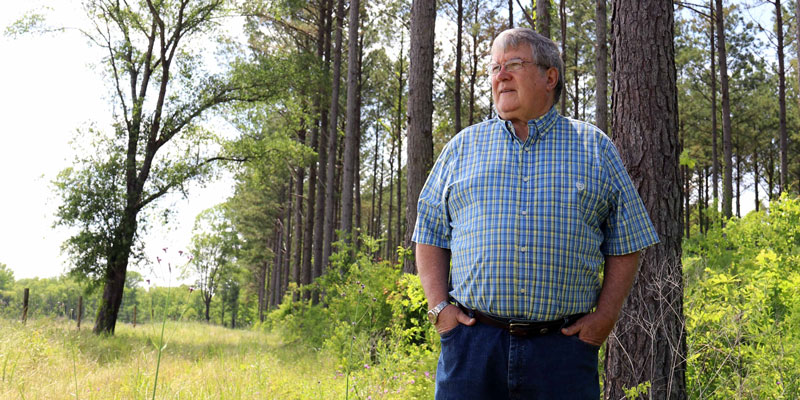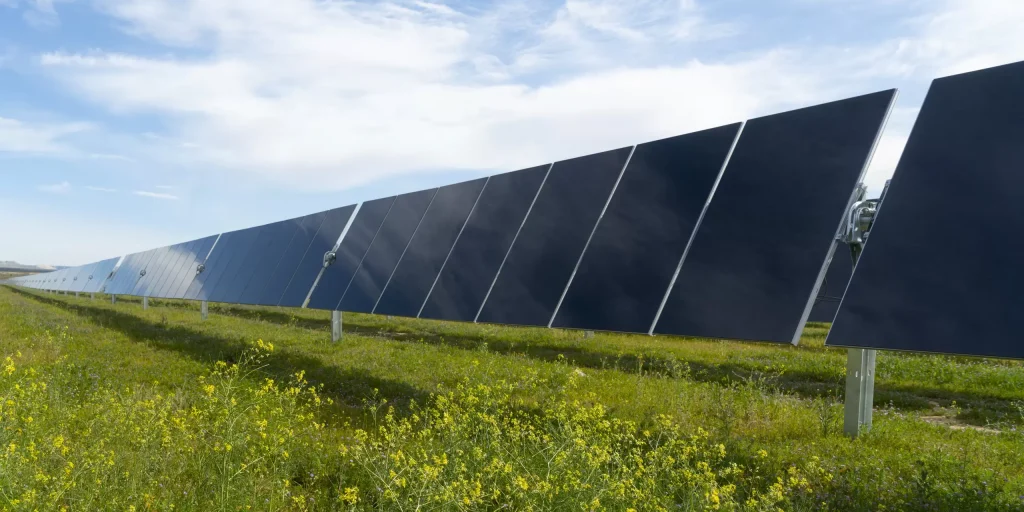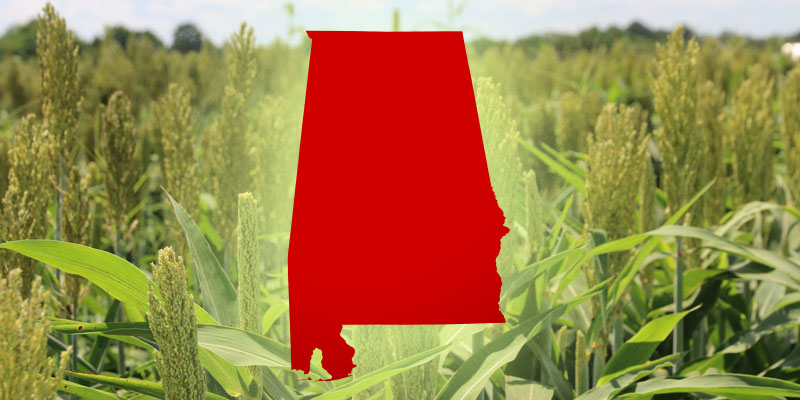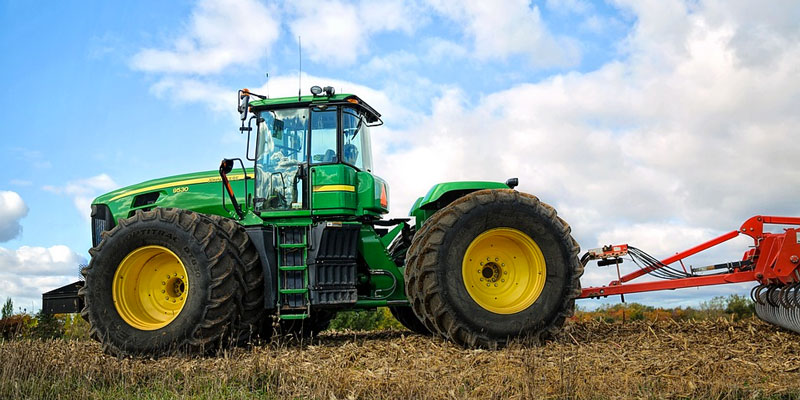Towering pines line roadways in Alabama, a state where construction is booming, and lumber prices are soaring. Meanwhile, timberland owners whose raw materials are in demand suffer stagnant timber values.
“We supply that wood, and the wood is there, but the price hasn’t gone up for us,” said Elliott Poole, who owns timberland in Sumter and Clarke Counties.
In the fourth quarter of 2019, Alabama sawtimber averaged $22.84 a ton. It rose just 69 cents in a year to $23.53. In nearly the same time, low interest rates fueled a building frenzy. From early 2020 to 2021, a thousand board feet of 2-by-4 framing lumber jumped from $370 to $1,155. Oriented strand board (OSB) increased from $255 to $795 per thousand square feet.
Demand is still driving up lumber costs (and sticker shock) for construction companies and homeowners who undertook DIY-renovation projects during the pandemic. The increase comes even though mills that slowed down during pandemic-induced labor shortages are back in production.
Builders like Matt McIntyre of McIntyre Home Builders are feeling the effects; customers are, too.
McIntyre said plywood was $8 per sheet last fall. Prices have jumped to the mid-40s or higher. If he averages 220 sheets of plywood per 2,000-square-foot house, that’s an extra $8,000 dollars per house in plywood alone. The National Association of Home Builders reports lumber prices have added nearly $36,000 to the price of an average single-family home.
Experts say inflation could temper prices — but it’s not a given. (The April Consumer Price Index was up 4.2% from April 2020, the largest one-month jump since September 2008. The increase from March to April was 0.8%)
Rising end-product costs don’t correlate with Alabama’s abundant forestland, said Alabama Farmers Federation Forestry Division Director William Green. More than two-thirds of Alabama is covered in forests. That’s 23 million acres. Alabama landowners also plant more trees annually than are harvested.
Building more mills to process more timber sounds like a solution. But it’s not that simple, Green said.
“You don’t know what the market is going to look like in 18-plus months when the mill is finally built,” said Green, who also leads the Alabama TREASURE Forest Association (ATFA). “Will that investment pay off? A lot of family owned sawmills were bought out by larger companies during the last recession. It’s not easy to anticipate how a market will react over time.”
Time is essential in the Wood Basket. Lumber is sawn from pine logs, and it takes about 30 years of growth before pines are harvested. A lot can change in three decades, said Poole, an ATFA member.
For example, the Conservation Reserve Program started in 1985 to compensate landowners who planted trees on former cropland. The federal program was supposed to control erosion and stabilize commodity prices.
Thirty-plus years later, it’s also adding a glut of timber to the market.
Mills are choosy, too, said Poole. As mills upgrade technology, smaller, more uniform logs are processed, which means some pines have outgrown higher market values.
Poole doesn’t expect an answer immediately. But in a state where forestry has a $21 billion economic impact annually, he and other landowners need a breakthrough — soon.
“We’re not looking to take someone else’s profit,” Poole said. “But what is the solution?”
(Courtesy of the Alabama Farmers Federation)
Marlee Moore is Multimedia Content Director for the Alabama Farmers Federation.













